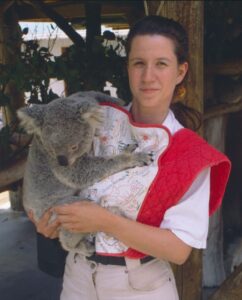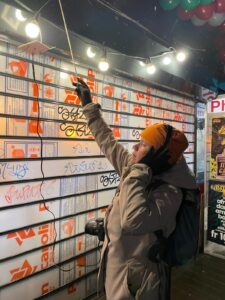My path from animal research to lighting
have been fascinated by nature and science since early age. I wanted to know how things work and what happens inside organisms. Some of my knowledge came from books and TV, but I also wanted to observe and experience myself. I wanted to work with animals, travel to distant jungles, and meet interesting people.
Research for and with animals

There have been some obstacles in my way. Physics seemed inaccessible because it was barricaded behind formulas. Questions that did not fit into my teachers’ scheme were ignored or laughed at. But when I started to study biology, I realized that many things were easier if you focused on processes rather than formulas. I enjoyed research, I traveled to fascinating places and got up close and personal with some animals.
531 / 5,000
For many years I worked in zoo. Getting into close contact with exotic animals was fascinating. To improve husbandry, I spent several years researching methods to evaluate their well-being and to develop improvements in their care and daily routine. After my PhD on koalas, my students worked on giant pandas, sand cats, koalas, Indian rhinoceroses, rock hyraxes and lowland tapirs. After that, I spent a couple of years doing field research, mainly on roe deer.
Spot on light pollution and better lighting!
My career in science communication wasn’t really planned. I had done some stuff during my PhD, and I had always liked to talk and write about science. Then I got a job as communication coordinator for a project on light pollution. Suddenly my horizon widened. Not only did I get to work about biology, but on physics, astronomy, technology, urban planning, public safety, culture, and many more aspects. I seized the opportunity and started a life as lecturer, author, and consultant.
No matter what age or knowledge, I want to open people’s mind for science and motivate them to learn new things. An important part of my work is to give new impulses on how to raise our quality of life and how to conserve our environment.
Science Communication from the Heart
I am motivated by many things: I enjoy explaining things to people, especially if they are new to them or if they have troubles to understand. Sometimes I can help people who suffer from artificial light. And last but not least there is a very personal motivation, my two children Benjamin and Viviane, who teach me that even complicated things can be explained and whose future I want to protect, because science and good communication are vital for a high quality of life.
